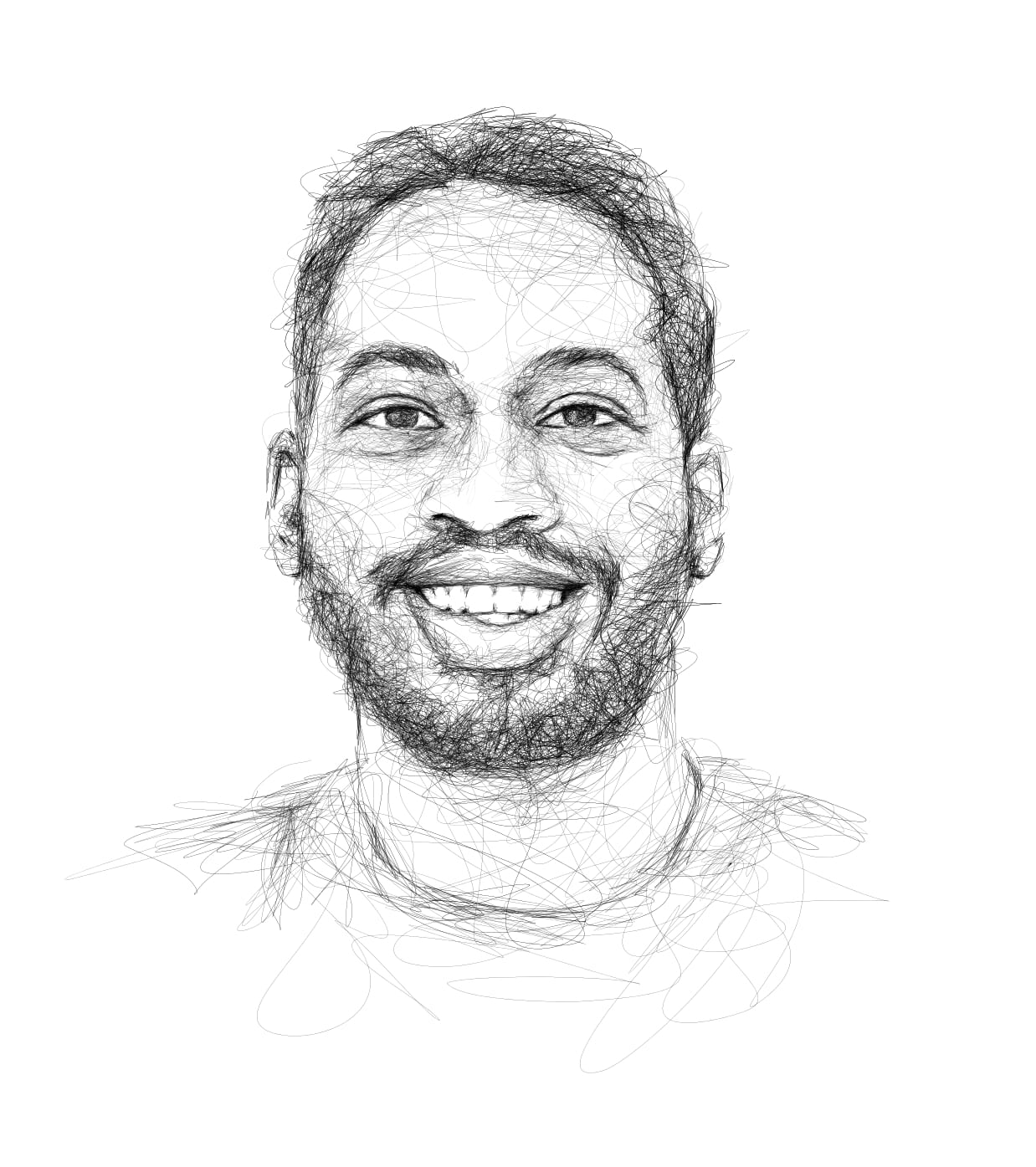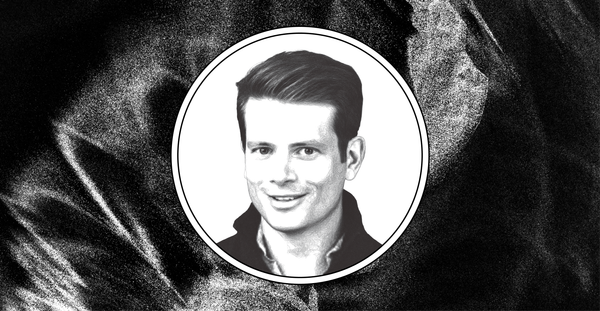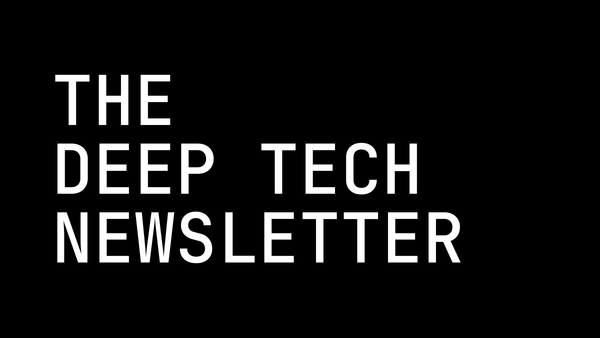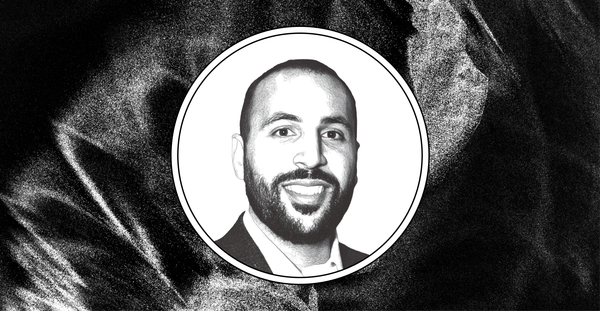Manufacturing Robots in Space with Oluseun Taiwo of Solideon
Oluseun Taiwo, co-founder and CEO of Solideon, is revolutionizing aerospace manufacturing through the integration of AI, ML, collaborative robots, and cutting-edge 3D printing techniques.
Oluseun Taiwo, co-founder and CEO of Solideon, is revolutionizing aerospace manufacturing through the integration of AI, ML, collaborative robots, and cutting-edge 3D printing techniques. He aims to establish Solideon as the premier end-to-end platform for bespoke manufacturing and assembly, positioning the company as the world’s only large-scale entity capable of crafting any aerospace vehicle.

What inspired you to start Solideon?
My journey to starting Solideon began when I was graduating college with my engineering degree. Back home in the Midwest, my best job prospects were at companies like John Deere or Caterpillar. But, I aspired for more. At the time, Elon Musk was landing rockets on ships in the middle of the ocean, and I thought, “I want to do that.”
I applied to about 60 different jobs in California, from SpaceX to Boeing and more. The only company that responded was a small startup called Rocket Lab USA. I became employee number 15 there right out of school. Witnessing how that company evolved into a venture-monster and went public, while being there in the early days when everyone had big hopes and dreams but not necessarily all the money, made me think, “Why can’t I do that too?”
At Rocket Lab, I worked as a propulsion engineer, exploring how we could use 3D printing to make rocket engines more affordable because we didn’t have the deep pockets of an Elon Musk company. In the aerospace industry, the engine is the most expensive component of the rocket, and we were able to find ways to make it cheaper.
From there, I was recruited by Virgin Galactic and was an early employee at Virgin Orbit. I got really excited working with a great company culture and building a first-of-its-kind air-launched rocket. As an engineer on the propulsion team, it was awesome to dream, have a big budget, and figure out different ways to build cool technology.
Then COVID hit. Three days into the lockdowns, our rocket blew up off the coast of Los Angeles during our first launch attempt and 15% of the company was instantly laid off. My team was the only group that avoided layoffs because we pitched ideas to management on how we could 3D print rocket components of the rocket from home to quickly get us back to our secondary flight.
During that time, COVID really exposed the problems with the aerospace and defense supply chain. Lead times to get parts became very long as our supply chain was segmented all over the world. Our team could 3D print a lot of engine components in-house, but other teams had massive issues getting what they needed, even for relatively simple structural parts.
I presented an idea to Virgin upper management about using our 3D printing to make more than just engines and help the supply chain issues. They said thanks but no thanks–we’re a rocket company, not a manufacturing company. That response frustrated me and partially inspired me to start Solideon.
So, I started Solideon based on two core insights. First, if a billionaire-backed company like Virgin Orbit was having that much trouble making parts, it means that other companies must be struggling too, and the problems aren’t getting better. Second, and more long term, if humanity is really going to get to Mars, we’ll need more than just rockets. We’ll need to be able to autonomously manufacture things in space, for space, rather than pay for costly launches from Earth. That will require the kind of advanced autonomous manufacturing technologies we’re developing.
What initially drew you to aerospace?
I’m first-generation American, my family is from Nigeria originally. And, where my parents grew up, you don’t get to dream of working on next-gen things. For them, it was all about survival. But, they built nice careers in STEM after coming to the US, which really inspired me.
My dad, for example, now leads the nuclear lab for a Department of Energy Lab. He’s at the top of his career right now. Seeing his success made me passionate about finding my ‘thing’. Ever since I was young, I’ve been fascinated by the stars; I mean, who doesn’t love stars? If you don’t, there might be something wrong with you!
I started to think about the possibilities that space offers. If all of humanity has only ever lived on this one Earth, what opportunities might exist for creating better lives for people elsewhere? Even if we never have a single human living or working in space, could we move dangerous manufacturing processes off-planet to help our society thrive here? Is it possible to relocate our industrial base, or parts of it, to the Moon or Mars?
As I delved deeper into these questions during engineering school, I realized that there weren’t enough dreamers thinking about the unlimited possibilities that the vastness of space presents to us. This realization excited me because I felt like people weren’t asking the right questions. And that’s what ultimately drove me to pursue a career in the space industry.
What makes your additive manufacturing process different than others that are 3D printing aerospace components?
At Solideon, we view 3D printing as a powerful automation technique. It’s one of the most effective and accessible methods available. By setting a tool path, these machines can create any subset of geometries thanks to their ability to move in multiple axes and navigate through space. This multi-axis movement is crucial for our long-term vision.
While we’re currently based on Earth, we’re optimizing our technology for the future. It’s like the saying, “Shoot for Mars, aim for the Moon.” We believe that manufacturing technology of the future must be highly cost-effective and offer a high degree of flexibility to produce multiple products. A single space factory can’t be limited to creating just one item; it needs to be capable of manufacturing a wide range of goods. That’s the mindset we’re adopting as we develop our technology.
Our approach involves building multi-robotics systems using off-the-shelf robots and integrating them with our proprietary software. This software leverages AI and ML to assist with product design, printing, and assembly. The process begins with designing a structure using algorithms that optimize for the specific build requirements. Once printed, multiple components are assembled together to create a complete product, which is then tested. The test data is fed back into the initial design step, creating a tight feedback loop where everything talks to each other.
What’s unique about us is that this approach allows us to build hardware faster and with significantly fewer people, which I believe is one of the most impressive aspects of what we’re doing. We’re optimizing for our long-term vision today, and that’s something I truly admire about our team. While using off-the-shelf robotics might not sound groundbreaking, the real magic lies in the data we’re collecting from our current manufacturing processes for customers. This data helps us work towards our long-term goals, making it essentially a data play.
Our aim is to train our models to construct some of the most innovative and ambitious hardware ever seen in the aerospace industry.
What is your grand vision for Solideon?
It’s what we call Project Star Bridge because we don’t have a better name for it now. The idea is to send multiple robots into space that work collaboratively to build products and parts, similar to how bees construct a hive, with each robot responsible for building different parts of the structure. This is the driving force behind our pursuit of multi-robotics technology. It may seem like a crazy endeavor, but it’s a necessity to start laying the groundwork today.
Our long-term vision is to enable the construction of future satellites and other space infrastructure directly in space. For example, if you wanted to build a massive network of telecommunications satellites to serve Earth, the Moon, or Mars, why not construct them in space itself? This is the ultimate goal we’re working towards.
So the idea of Solideon is to be the “Caterpillar of space,” where we are a key player in the industrial health and development of the space economy. The success and progress of the space industry would be measured against metrics such as the performance of companies like ours, the scale of our manufacturing output, and our overall contribution to the sector.
The space economy is a trillion-dollar industry, with a significant portion of that value stemming from manufacturing. Currently, there is a lack of existing assets and infrastructure to support this growth, which presents an immense opportunity for our company.
What’s next for Solideon?
As a company that’s only 20 months old, we’ve been in a pseudo-stealth mode, but things are starting to come out and I’m really excited to share our progress. In a short amount of time, we’ve gained significant traction, raised venture funding, and now have a 20,000-square-foot facility here in the Bay Area where we’re actively building.
We’re still at least 10 years away from our ultimate goal, but I hope we can achieve it sooner, possibly within the next 6 years, which would be incredible. We’re already taking steps to generate revenue and establish ourselves as a viable business, but our long-term space vision remains our primary focus.
This year, we’re beginning to construct pathfinder pieces of Project Star Bridge to continuously test our technology and assembly techniques using multi-robotics. It’s fascinating to see everything coming together. Our aim is to showcase what we’re envisioning, both visually and technologically, before we start our next significant funding round next year. This milestone involves demonstrating the combination of robotics and innovative propulsion technologies that form the foundation of Project Star Bridge.
I’m thrilled for people to witness our progress and start to understand the beehive analogy we’ve been using to describe our vision. It’s an exciting time for our company, and I can’t wait to share more as we continue to push boundaries and bring our ideas to life.
HAUS specializes in public relations and creative services for deep tech startups.




